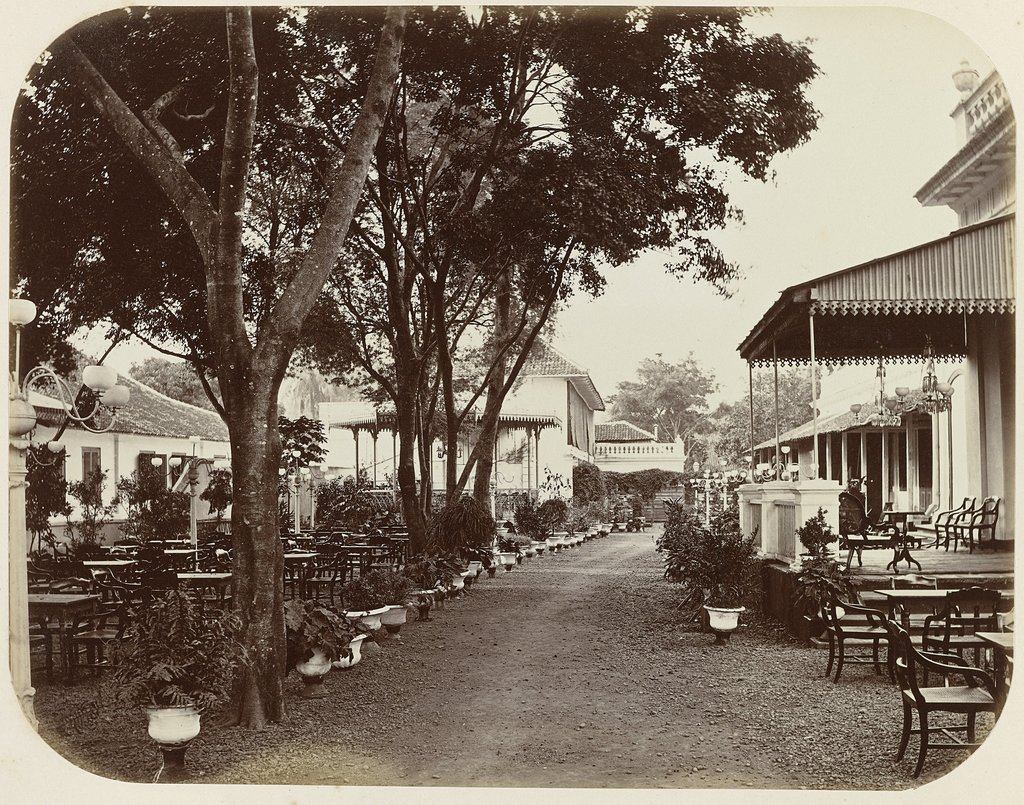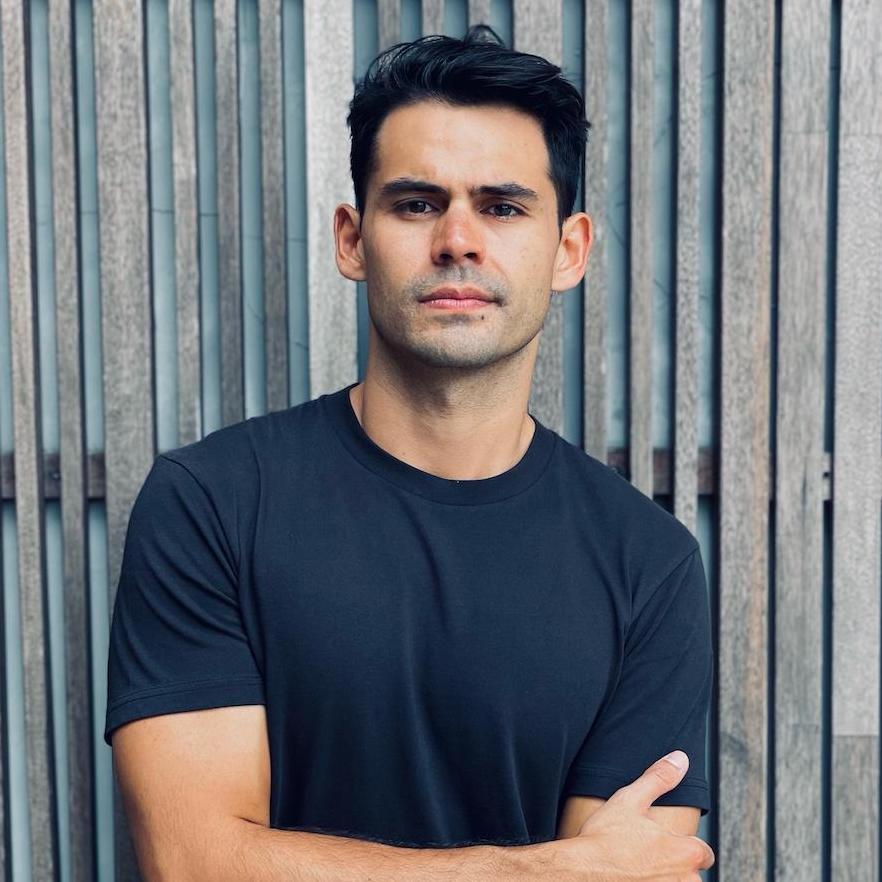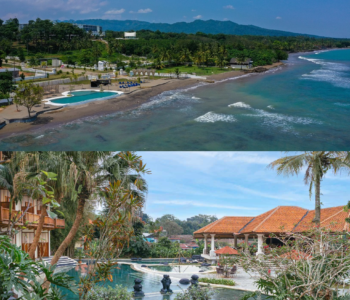
‘Jakarta: A Dining History’ is a book by Kevindra Soemantri that explores the development of the city’s restaurant scene from the 1820s through to the 1990s.
Published back in 2021, the book outlines ‘eras’ in Jakarta’s distinct dining past, and presents how the socio-cultural, political and economic shifts at the times transformed the food and beverage landscape. This culinary chronicle begins in the Colonial Era, when ‘Batavia’ was considered one of the best dining cities in Asia, he follows this stream of history through to the rise of Chinese restaurants after Indonesia’s independence, to the dominance of five-star hotels. Filled with nostalgia, the book’s focus on dining provides an historic account that seems more palpable, tangible, bringing one closer to the life and times of yesterday’s Jakarta.
NOW! Jakarta speaks with author Kevindra Soemantri, to unpack this dining history and share his thoughts on Jakarta’s dining scene today.
Kevindra, what a fascinating book. Such an interesting way to explore Jakarta’s socio-cultural and political history, through the lens of its restaurant scene. What inspired you to write it?
Thank you! Well, I was first inspired by a book that I read in 2013, ‘Appetite City’ by William Grimes, a former restaurant critic of The New York Times. It is a historical book about the city of New York, but from the restaurant scene’s perspective. I never realised there was a book that combined both history and restaurants.
But before that eureka moment, I have always believed that Jakarta is an under-appreciated dining city. I was always in and out of restaurants as a child, and I was entertained by stories told by my parents about the bar called Pit-Stop in Jalan MH Thamrin, or about the buffet restaurant named Vicks Viking in Kebayoran Baru, and all the gastronomic establishments of this gargantuan capital. Therefore, I challenged myself to write a book about Jakarta’s history, but from the point of view of its dining.

How long did it take you to complete?
It took me a total of 6 years, since 2014. There are many factors, one because I dedicated only weekends to writing this book. And two, the painful research process that I went through. Non-recipe culinary books are a rarity in Indonesia, let alone specific books about restaurant history.
I imagined myself living in that particular era, like in the 1970s for example. I asked myself if I own a restaurant back then, where would I tell people about it? Newspapers and magazines. So I start to digest pages over pages of old newspapers and magazines.
And I also dug deep into famous people’s biography who lived in Jakarta, such as Firman Lubis with his esteemed chronicle memoir series of living in Jakarta from 1950 to 1970, or even Megawati Soekarnoputri’s memoir book “Cerita Kecil dari Cikini” on the late President’s childhood around Cikini area in Menteng and all ice cream places and eateries she visited back then.
You mention that ‘Batavia’ was actually considered the ‘best dining city in Asia’ by tourists and writers, between 1890 and 1930. Can you share a little bit about what it was that made it such a special dining city back then?
First, it was the positioning of Batavia or Jakarta itself economically. We have to remember the Dutch East India Company before the Industrial Revolution was the biggest corporation in the world. Batavia is the very heart of that megacorporation, hence business and activities mushroomed in Batavia since the 18th century even.
That is why Asia’s first clubhouse, the Harmonie Club was established first in Batavia. And in the end of the 19th century – after the opening of the Suez Canal – Batavia was already a tourist destination, and home to many grand hotels that spread around the massive area known as Koningsplein – or Medan Merdeka today. Not only that, luxury boutiques from France, jewellery stores from Belgium, and fine restaurants and cafes serving the finest champagne brands, caviar, and even foie gras are easily found around what today known as Jalan Juanda and Kawasan Harmoni in Central Jakarta.
Business was good in Batavia, and the city was already home to millions of people, which is why Batavia was more vibrant and more lively than any other city such as Singapore or Penang.
What were some findings that really surprised you?
Before I wrote this book, I already knew food always reflects what happens around us. But after I finished writing Jakarta: A Dining History, my perspective on how political, economic, city planning, and urban development contribute to a city’s restaurant scene made more sense.
For example, the hotel boom in the 70s and the fast food era of the 80s were born out of economic and social reasons. In the 70s the main factor of hotel booms and the rising of fine dining was the oil industry in Indonesia and the government regulation in economic reform during New Order. Or the rise of fast food in the 80s was hugely impacted by the rising of the new youth generation as well as Western pop culture through cinema, magazines, and television.
This changed how I look at the restaurant scene to this day.

Readers will certainly feel a sense of nostalgia reading your book, for the old Jakarta. And in fact, nostalgia seems to dictate some of today’s dining choices too. What makes these ‘old school’ spots popular in your opinion?
I think the main reason why these eateries still exist is our nostalgic connection. These are places where we cherish our past. As a human being, life goes on right? We get older and wiser, and suddenly things were not as easy as they used to be.
Perhaps one of our parents passed away already, or we move from the place we grew up. And for us to dine at the old restaurant, to sit back, and eat, is an act of retreat where we cherish memories we had that are being immortalised in every element of that restaurant, from the ceiling, the menu, the dishes, the old paintings, even the staff. In a city like Jakarta where things change at the speed of light, visiting old restaurants is the way for us to step back a bit and appreciate every moment.
On that note, having understood the historical landscape of Jakarta’s dining scene, why isn’t it considered the ‘best dining city in Asia’ today?
Up until the 1990s, Jakarta’s dining scene was considered one of the top in Asia. But as I mentioned before, food is always political, and 1998 changed everything. Back then import regulations for ingredients were easier, and as we know imports are crucial to dining.
What I observe is that the 2000s was an era of recovery for Indonesia, after the Asian Financial Crisis and political turmoil, and eating in restaurants was considered a tertiary need, and we were prioritising the first and secondary needs. While we were recovering, countries like Singapore, Thailand, and Japan were racing to increase their country’s position in international tourism, including their dining scene.
When Batavia or Jakarta was known as Asia’s finest dining city in the 19th century, it was also because Batavia was a prominent tourism destination in Indonesia. And if you see today, almost all of the finest dining cities in Asia – and the world – are coincidentally also major tourist destinations like Tokyo, Singapore, Bangkok, New York, London, Melbourne, Hong Kong, and the list goes on. So it is important for our city, Jakarta, to position and to redesign itself again as a major tourist destination.
With your knowledge of Jakarta’s dining scene, past and present, can you share your favourite ‘historic’ restaurant and contemporary restaurant with us please!
Historic: I love Ragusa. These days, gelateria and ice cream parlours are everywhere. To have Ragusa is a treasure. The icy texture of their ice cream that somehow becomes their signature, the story. It’s worth visiting.
Contemporary: I love Silk Bistro in Menteng. Yes, actually I love any restaurants in Menteng since it is a nostalgic area both for the city and for me personally.
Finally, we know that many of our readers would love to read your book, but it’s currently only available in Bahasa Indonesia. Can we expect an English version to be published?
Yes, we are currently in discussion with the publisher to translate this book into English, since I received quite an amount of requests from expats in Indonesia as well my friends from abroad.
Stay in the loop with Kevindra Soemantri ‘s own journey, follow him at @kevindrasoemantri







